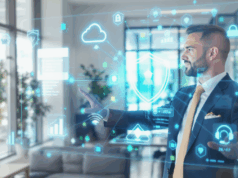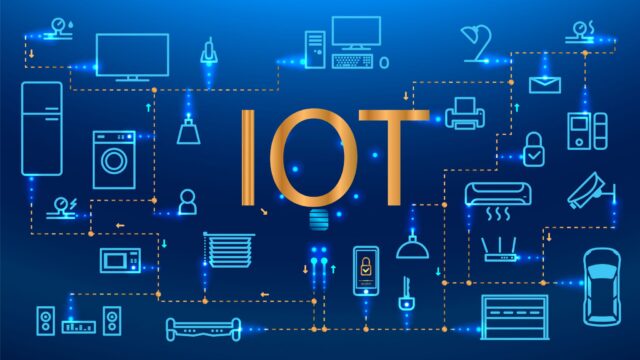
The Internet of Things, or IoT, refers to the billions of physical devices around the world that are now connected to the internet, in case you didn’t know about the term itself. This means that pretty much any important big or small gadget can be connected and used within your field. How has it made an impact on the transportation and the logistics system you wonder? Well, in this modern age, IoT can create a proper machine that can do the navigation process for you, including connecting the goods to the vehicle. Human beings don’t have to manually log information when smart devices can do that for them. Keep on reading as we go in-depth about this concept.
What are the benefits of IoT?
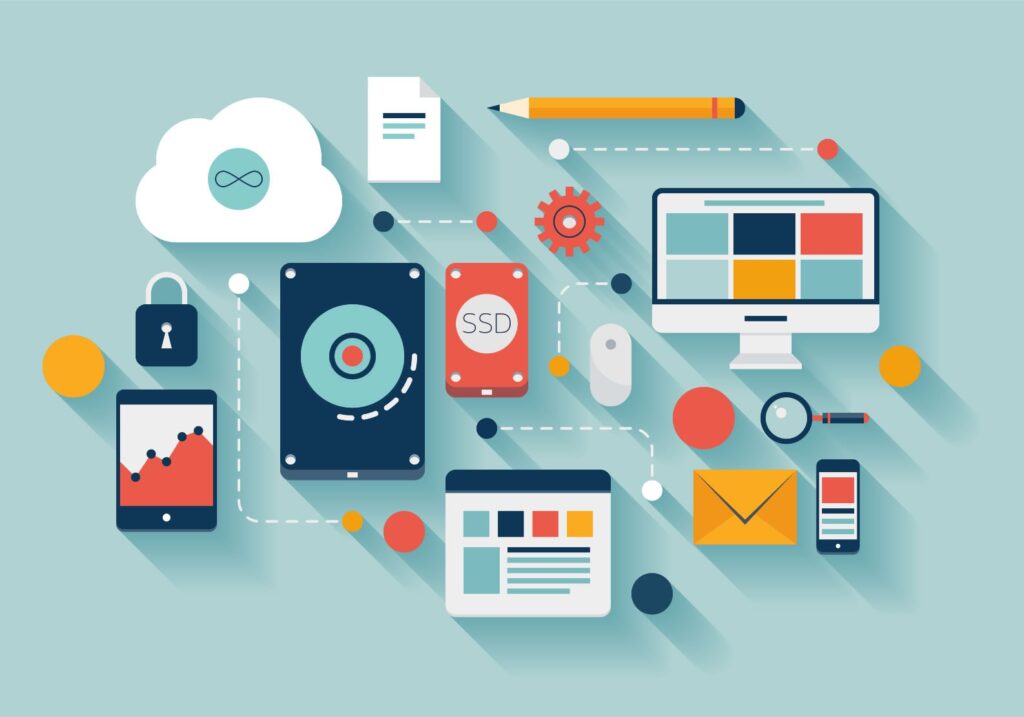
There is a lot of different benefits that you as a consumer can enjoy. For instance, how many times have you had an issue with your bus, tram, or train? Slow & insane ticketing systems are only some inconvenient moments that occur in our daily life. However, with IoT implementation, everything can become 10x easier & faster. You can also use this system for:
- Effective fleet management
- Vehicle diagnostics and maintenance
- Driver safety compliance
- Existing transportation infrastructure
How is IoT making an impact on transportation?
What is it to this system that makes it so valuable? Anyone who is a fan of practicality and minimalism will like the use and implementation of IoT. The device in itself is super small and can be installed on street lights, buses, train platforms, etc. With this addition, there are going to be a lot fewer traffic accidents.
1. Fleet management
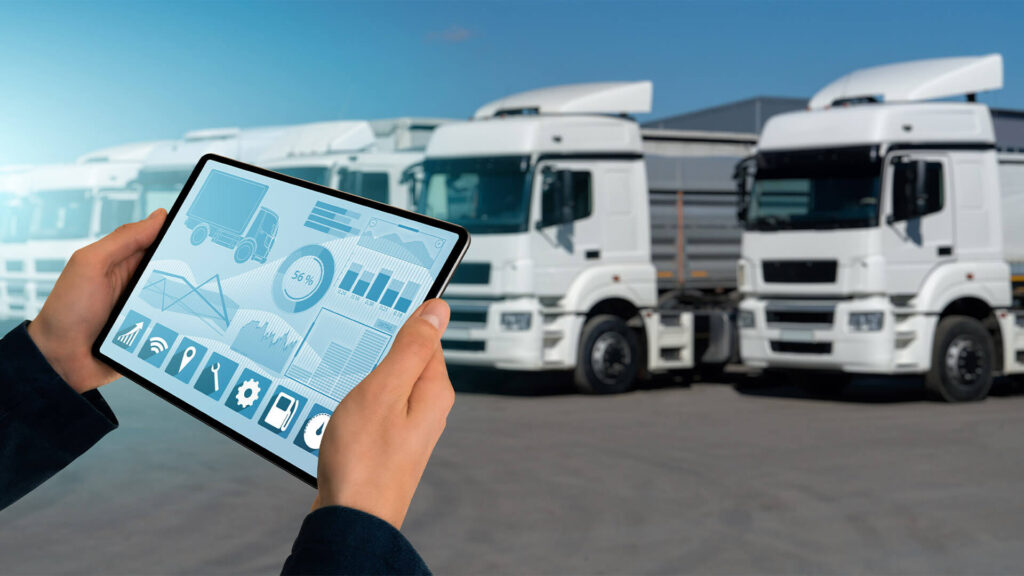
Effective fleet management can be accomplished with the use of IoT and is becoming quite popular within the transportation industry & logistics. This is because you get to see and monitor the vehicles in their real-life time, as well as location tracking. Your automated dispatch system will do the process for you while routing vehicles to specific locations based on their availability.
2. Diagnostic part & maintenance
Using IoT, loads of different companies can identify potential problems early on and before they become too pricey to deal with. This applies to hard braking, for instance. With the IoT, you will prevent any potential issues and work on proactive maintenance, instead of worrying about costly repairs down the line.
3. Driver’s safety

No one wants a reckless driver or someone who is not following proper rules that are within a certain company. You can avoid loads of errors that are caused by human error and from an inexperienced driver (such as commands & blind spots) with IoT. This sensor data will help with your navigation process & parking, no matter where you may be in the world. On the pedestrian side & point of view, you will know of the proper time when a bus or train will arrive at your destination.
4. Pollution will be reduced
People who tend to use private transport will want to give it a go with public transport that’s been upgraded, especially if you’ve made some changes to it and it has been optimized. When people start using public transport, a lot of different people within that chain will benefit from it. The economy will rise, and the air will be a lot less polluted (in case your everyday transportation vehicle is a car and not a bike).
5. Inventory & warehouse
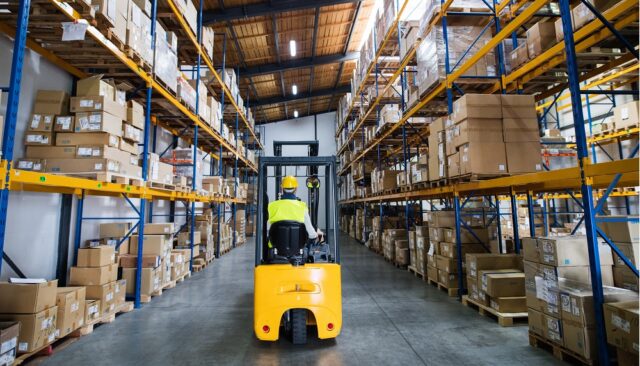
It’s extremely important to manage the warehouse space and maximize its efficiency while enjoying its full potential. Installing smart sensors in the warehouse can be a great way to automatically create orders when there’s little supply left. If you are working with a small, tight & limited space, you’re going to enjoy this aspect the most. This will help with your organization and management of the office itself while saving you time and money in the long run.
6. Overall infrastructure
IoT can provide real-time information about bus location, departure times, delays, as well as anything else that relates to our public transport.
On highways and roads, traffic lights are commonly monitored or controlled remotely using information from other kinds of connected vehicles. Some systems will also help their drivers know when to fill up the gas. This way they can avoid adding unnecessary mistakes or potential delays to your journey.
What are the transportation issues or challenges in 2025 & 2025?
1. A lot fewer truck drivers
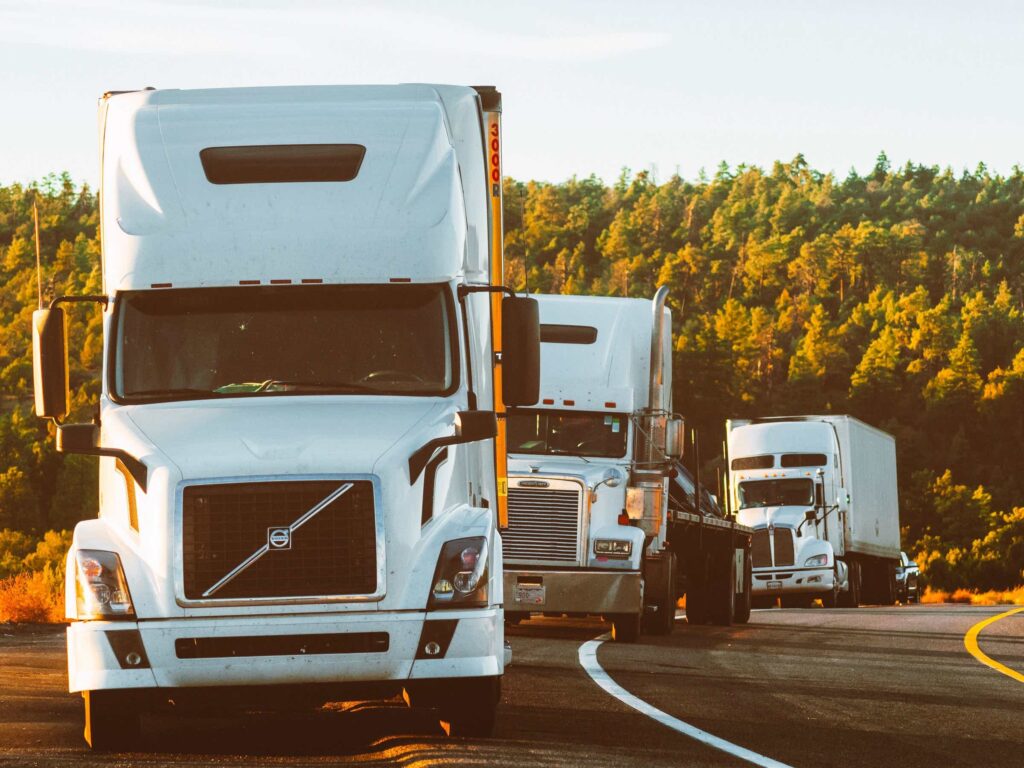
A lot of truck drivers tend to change their work field and company within 1-2 years. By using IoT, it is possible to automate and optimize the workload, which will lead to a reduction in turnover. If your company is facing this issue, it is the right time to try out the internet of things approach.
2. Fleet size issue
There can be a lack of fleet operations within a lot of companies, despite their size of work field – everyone can experience this issue. By deciding which vehicles are to be dispatched with IoT, the process will go a lot more smoothly.
3. Growing freight

Oftentimes a manufacturer will be late with their goods and the shipment itself. However, freight volumes will grow dramatically within that time period. By leveraging IoT technology, you will enjoy faster optimization and you will receive actual in-real-life-time inventory.
Integrating Fleet Fuel Cards with IoT in Transportation
In today’s tech-savvy world, the marriage of the Internet of Things (IoT) and transportation logistics has brought a wave of innovation to fleet management. Central to this transformation is the integration of fleet fuel cards into IoT systems. Historically, these cards streamlined fuel expenses and provided valuable data on consumption patterns. But with the onset of IoT, their capabilities have expanded manifold.
Fleet cards, when coupled with IoT, not only manage fuel costs but also give real-time insights on vehicle diagnostics, route optimization, and maintenance schedules. Imagine a system where fuel purchase data communicates seamlessly with other vehicular metrics. The IoT-enabled fuel card could notify a fleet manager of irregular fuel consumption patterns, suggesting potential maintenance needs or flagging unauthorized fuel purchases. Additionally, they can work in harmony with other IoT systems, like automated dispatch, optimizing routes based on fuel efficiency, or even identifying the best fuel stations en route.
Moreover, as environmental concerns rise, such integrations can support eco-friendly driving practices, promoting routes that reduce emissions. By linking fleet fuel cards with IoT, we aren’t just optimizing costs; we’re paving the way for smarter, cleaner, and more efficient fleet operations in a connected world.
Need more news about transport services or the IoT approach?
With COVID-19 disrupting the transportation industries, logistics tech appears to be the key to business stability and even its advancement. Softengi knows the importance of the logistic team & their needs in 2025, which is why they will help every business grow. On their site, you can understand how IoT works and see why it is crucial within different fields and transportation groups. IoT Logistics applications have proved to be the most effective solution in the demand category of the Transportation and Logistics industry, providing faster time-to-market, reduced defect rates, and customized delivery. See for yourself with them and know that you’re in good hands.



